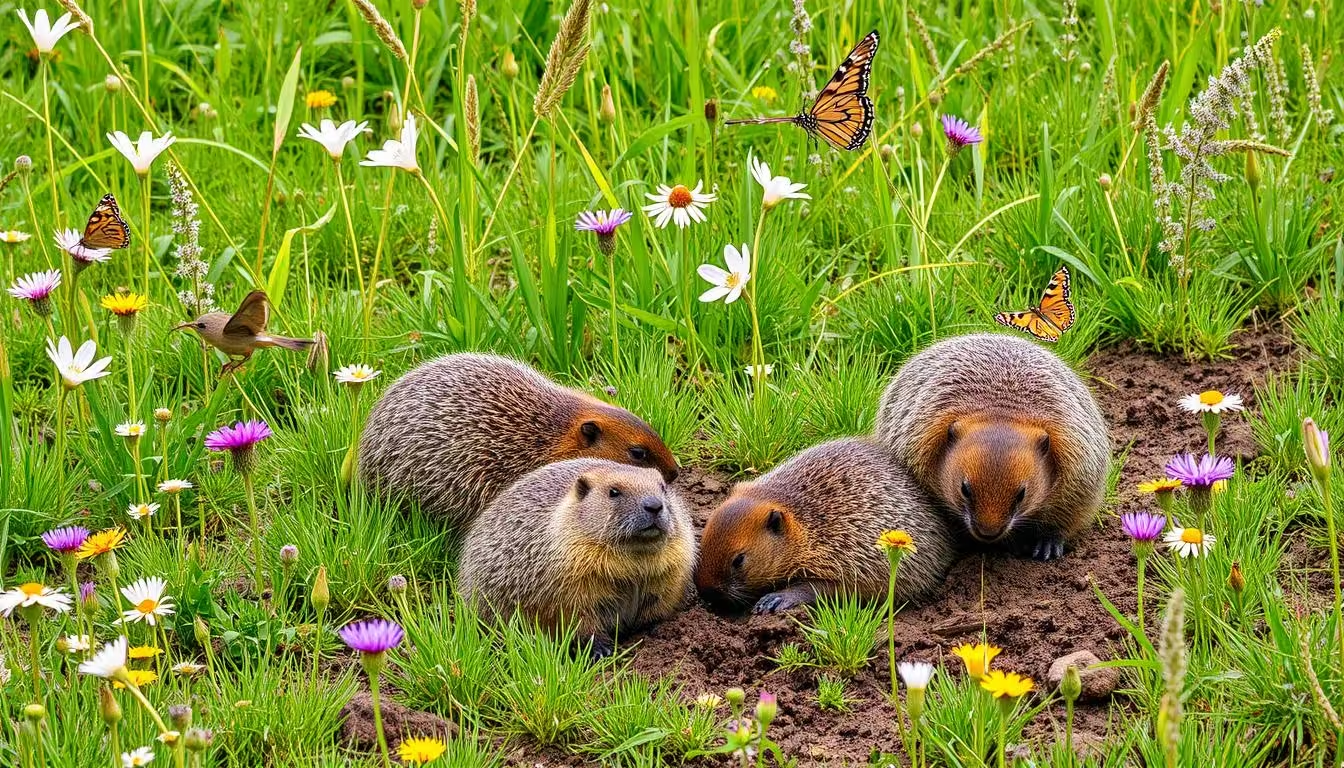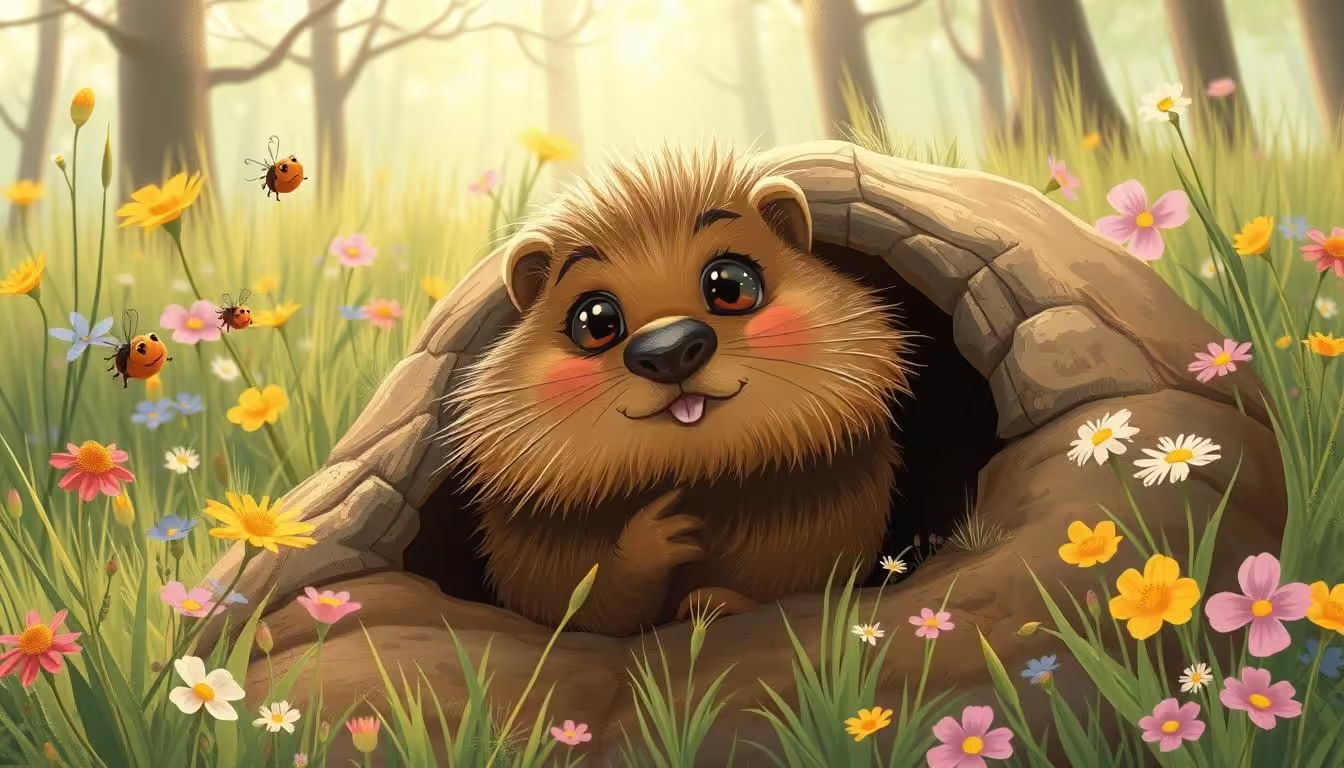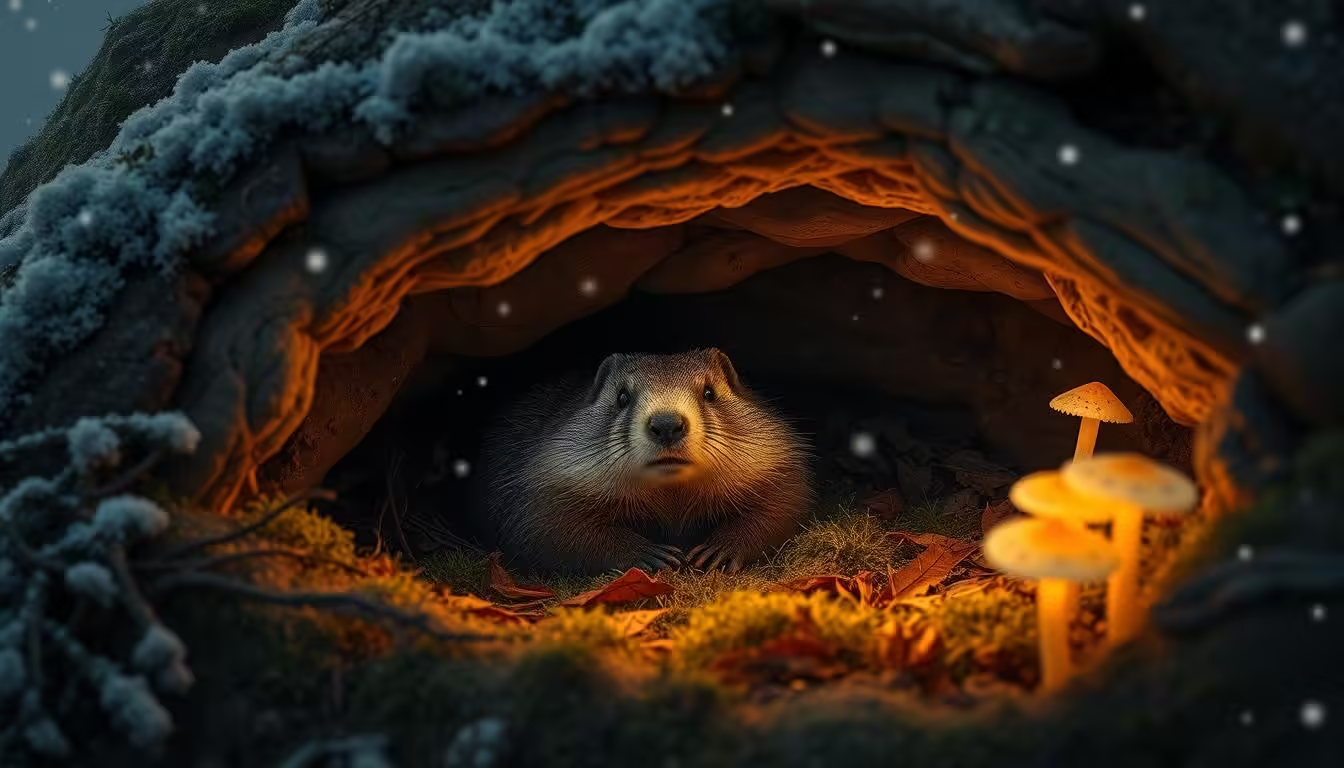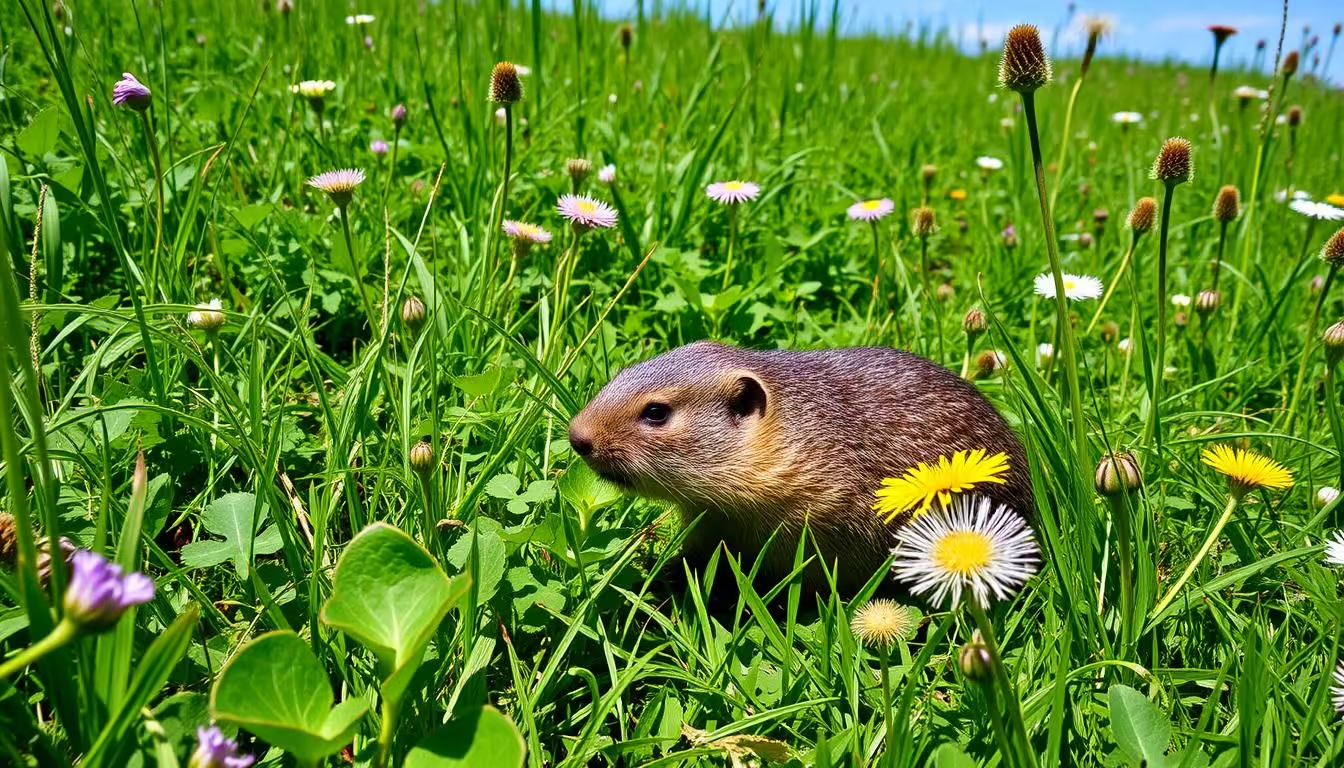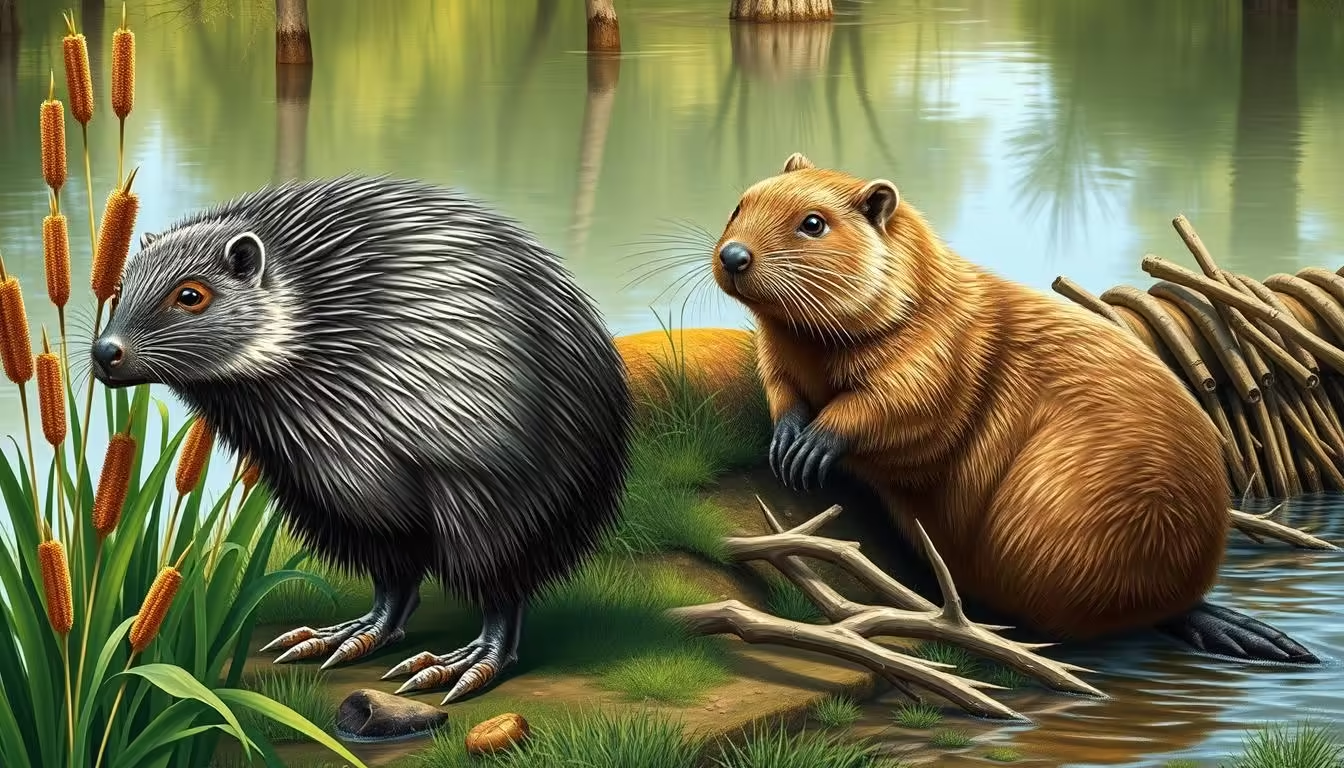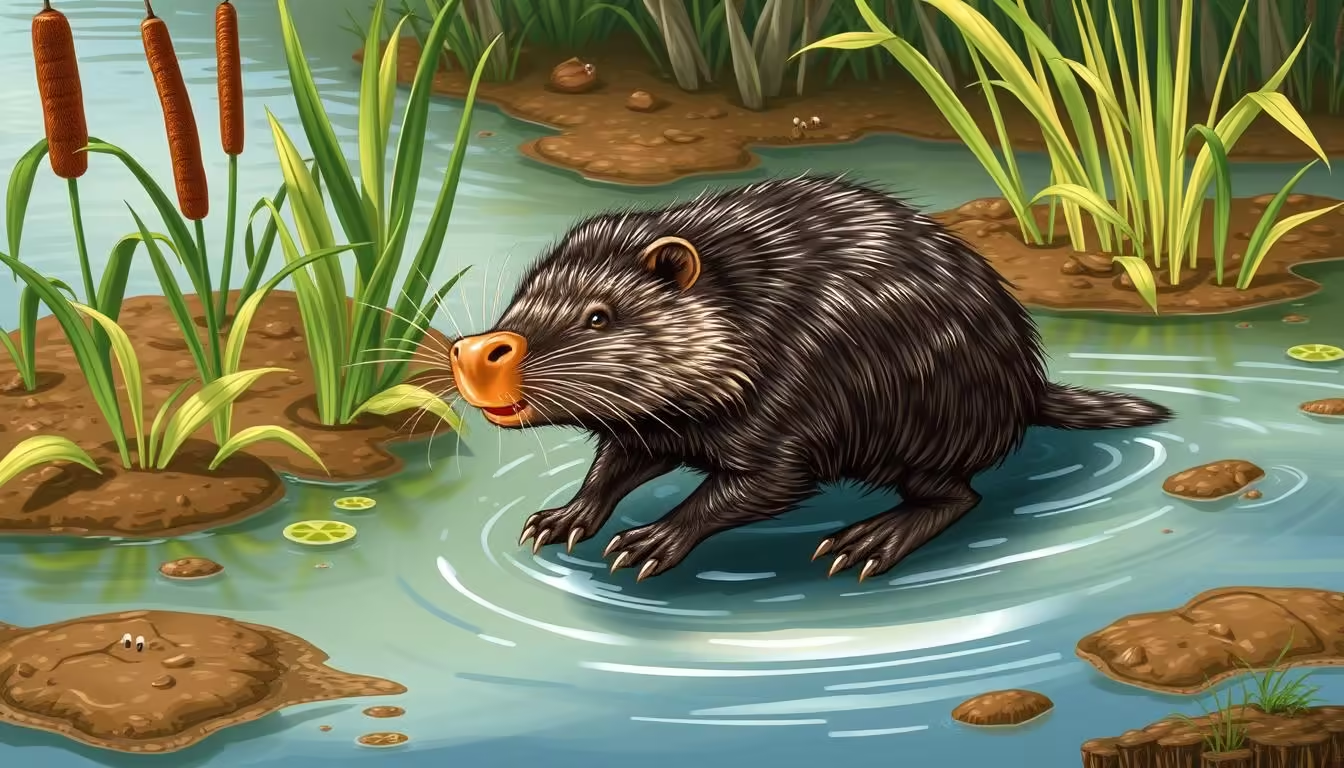Groundhogs, also known as woodchucks or whistle pigs, belong to the squirrel family. They are important ecosystem engineers. They cover a big area in North America, from South Alabama to Canada and North Alaska. They like living in places like pastures, woodlots, open woods, and near streams. Groundhogs can weigh up to 13 lbs (6kgs). […]
Category Archives: Exotic Animal
Exotic animals refer to species that are not native to a particular region or are unusual pets. This category includes many animals such as reptiles, amphibians, birds, and mammals, often kept as pets or displayed in zoos and wildlife parks. Exotic animals can range from parrots and iguanas to tarantulas and sugar gliders. Owning exotic pets usually requires specialized care, habitats, and diets, and they may have unique behavioral and health needs. This category explores the fascinating world of exotic animals, their care requirements, legal considerations, and their roles in conservation and biodiversity.
Groundhogs, also known as woodchucks or whistlepigs, are big rodents in the squirrel family. They live in North America, from Canada to the southern United States. These herbivores are famous for digging burrows, hibernating, and being part of Groundhog Day. They usually weigh about 13 pounds and can be up to 24 inches long. They […]
Groundhogs, also known as woodchucks or whistle pigs, are true hibernators. They sleep deeply to get through harsh winters. Their body temperature drops from 98°F to as low as 38°F. Their heart rate slows down from 80-100 beats per minute to just 4-5 beats per minute. Groundhogs belong to the squirrel family. They are great […]
Groundhogs, also known as woodchucks or whistle pigs, belong to the squirrel family. They can weigh between 4 and 14 pounds. These herbivorous rodents eat a variety of plants, including grass, garden plants, and soybeans. They also enjoy eating peas, carrot tops, alfalfa, broccoli, and clover. Adult groundhogs can eat up to one-third of their […]
Nutria (Myocastor coypus) and beavers are large, semi-aquatic rodents often confused with each other. They share some physical traits but have clear differences. Knowing these differences is not just interesting but also vital for wildlife management and conservation. Key Takeaways Nutria are smaller than beavers but larger than muskrats, weighing up to 20 pounds with […]
Nutria (Myocastor coypus) are large, semi-aquatic rodents from South America. They were brought to the United States in 1889 for fur farming. Now, they are an invasive species in at least 20 U.S. states. The International Union for Conservation of Nature (IUCN) lists them as one of the 100 worst invasive species. These rodents are […]

